Mikaël Perron, 21 June 2021
Well, it began with the announcement of a contract signed with Leonardo for four 127mm guns in late April. While the choice of Leonardo versus BAE was a surprise, the quantity of four sets was quite puzzling. Then came in May a contract for four SPY-7 radar sets with AEGIS system and three shipsets of MK41 vls. The article stating the GoC was to commit to an initial purchase of three ships a few weeks ago was less of a surprise after that. All of that being said and done, an initial purchase of three vessels could be a bad thing but also a good one.
The procurement of an initial batch of only three ships could be used by the multiple opponents to the project to highlight the prohibitive cost of the project and give them an opportunity to fire at it with red hot bullets. The cost of building the ships themselves will be accompanied by the cost of building the testing and training facilities such as the new 65$ million testing facility to be built at Hartlen point. The development and certification of the combat system will represent a significant amount in itself. There will also be some spending to adapt the actual support facilities such as the ammunition depot and more. The building of the first ships will also carry the weight of the initial learning curve of the building process. Should these initial ships be the only Type 26 based CSC built, it would probably make it the most expensive frigate/destroyer building program per ship second only to the Zumwalt-class destroyers.
On the other hand, it could give the government leverage to negotiate the price of the following ships. With all of the above items already paid for in the initial batch, building the remaining twelve should be at a well-defined price. Putting the ships together in the yard should not be much more expensive than putting a Type 26 together in the UK once you built the first three and learned from it. The only extra we should pay would be the more expensive combat system and extra weapons versus the UK variant.
I agree with the opponents of the project that more transparency is a must. At least the auditor general shall be given access to the price of different contracts. It is strange that the prime contractor is not the designer of the ships. The value of the contract to both Lockheed Martin and Irving Shipbuilding should be closely monitored. Once again, if the auditor general and the public are aware of the cost involved in developing the initial three ships, there will be much pressure on the prime contractor to build the remaining ship at a very good price. With all the acquired knowledge, the government could be more aggressive in negotiating a fixed price contract.
Meanwhile, we are not in the 1990s when we enjoyed the peace divided and the GoC was able to balance the books by cutting defense spending. In a new era of a sad return to nation against nation competition, we should meet our international commitment as stated in the defense policy, and the CSC, as designed is the right tool for the job.
The CSCs, even with the best cost control, will still be expensive ships because of all of the fitted state-of-the-art equipment they carry. Although fitted with a lot of already well-proven pieces of gear, I predict that they will be much more economical to operate than predicted by the different projections. These projections do not take into account the way we operate our ships in peace time. For example, we will not be launching many more missiles that we actually do but some launch will be more expensive of course. These ships will operate with a smaller crew than the Halifax-class frigate which is a significant part of the operating cost. They utilise a slightly more powerful but more efficient power plant and probably fewer moving part thanks in part to the choice of weapons and sensors. If we were to build fewer ships, than it would mean more wear and more expensive maintenance upon the smaller fleet. We are now planning to regenerate the main power projection tool of the CAF in an era of potential nation against nation conflict. We should show we mean business to the bullies of this world

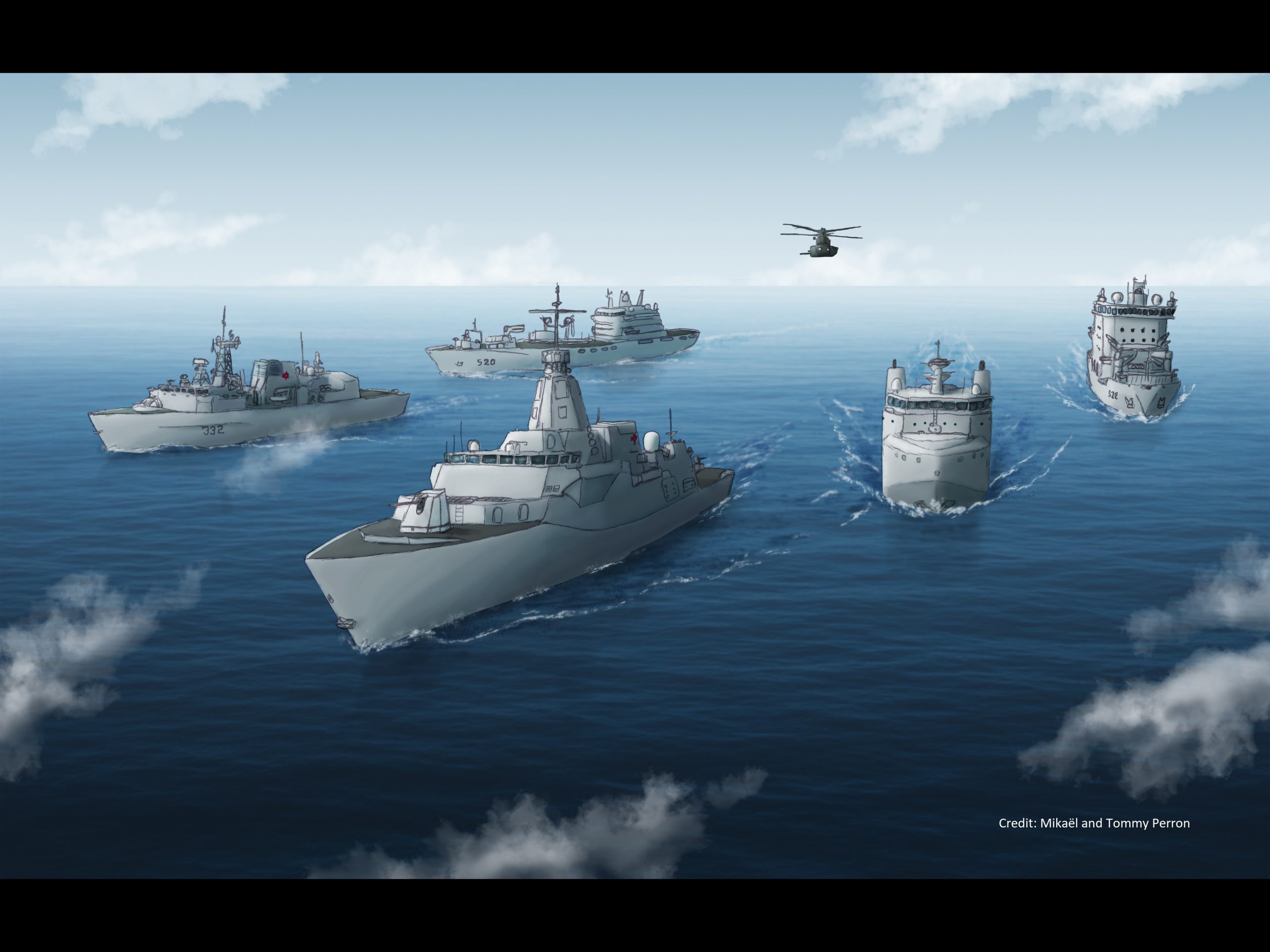
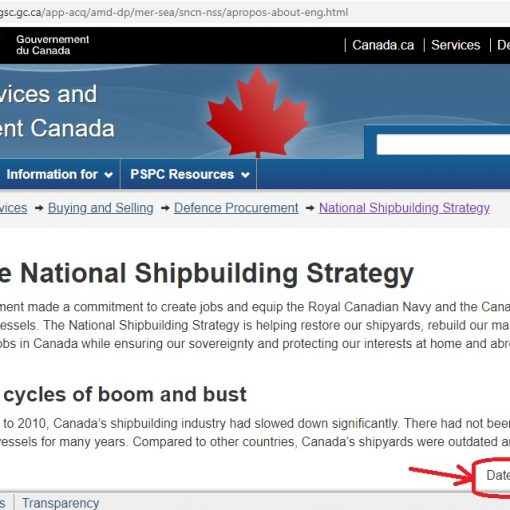
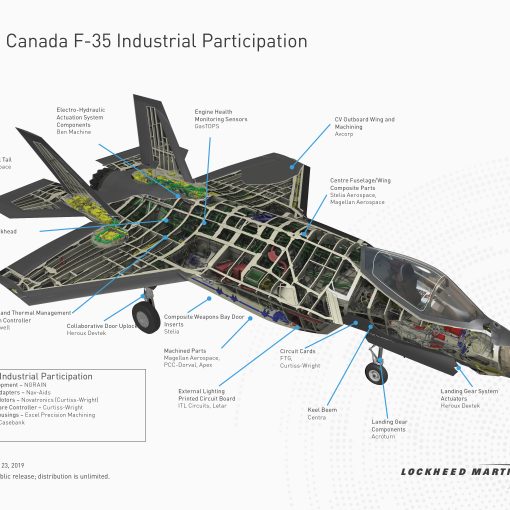
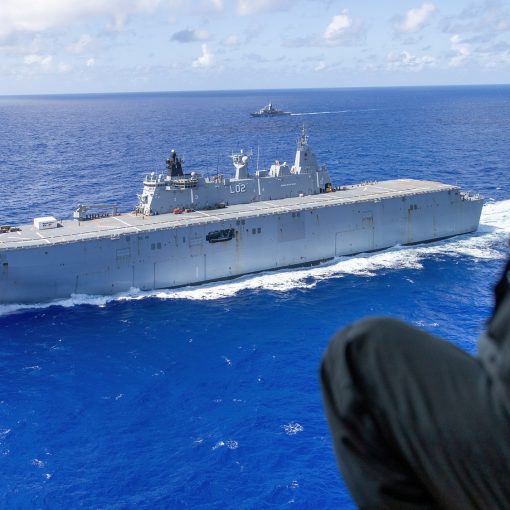
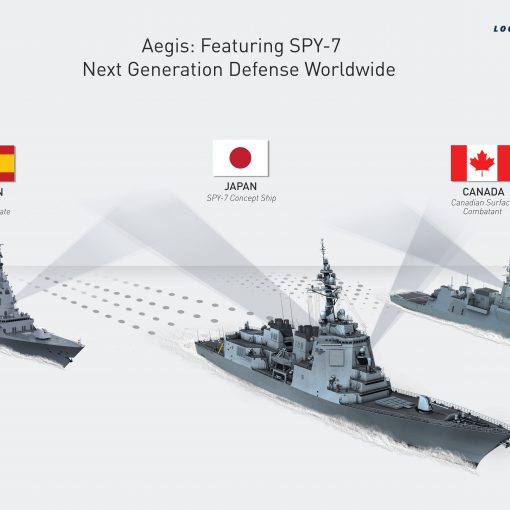
4 thoughts on “Commitment to build first three CSC: a double edge knife move in the cost saga”
Hello Mikaël. Your article on committing to buying the CSC Frigate in batches was, I believe, the way the government wanted to go in the first place. Buying the Leonardo Oto Malera 127mm LW gun for the RCN instead of the MK 45 Mode 4 US gun was a bit of a surprise for sure as most had believed the Mode 4 gun was going to be it. But I believe a most pleasant surprise as the NWTs are now very happy. An excellent choice but more than likely more expensive. The buy of 4 sets of the Leonardo gun makes good sense as one of the guns would be used as a training feature for the Navy perhaps at the new testing facility at Hartlen-Point. The buy of 4 SPY 7 radar sets also makes sense for the same reasons. The actual support facilities such as the Bedford magazine and Fleet Maintenance Facility will have to be upgraded as well to meet the needs of the CSC Frigates, however I believe those costs have also been factored in the build as well. The cost of building the new CSC Testing & Training Centre at Hartlen-Point was always factored in to the 15 ship build costs. The first ship build will surely be more expensive than perhaps the rest of the first batch but as time goes on we should learn from our mistakes and apply the solutions to the rest of the fleet which will surely bring the costs down significantly with the other contracts with a well-defined price as you have said. Yes, the way we operate our CSC Frigates “in peace time” is much different than when we have to put our sailors in harm’s way: and that day will unfortunately come.
It makes perfect sense for the 4th gun and 4th radar as training aids to be installed at the Harlen point facility.
Considering the project will be continuing over the next 15 to 20 years it makes perfect sense to build different versions or flights to take advantage of new technology and it makes no sense to buy 15 ships worth of parts and have them sitting in a warehouse somewhere collecting dust.
Nice featuring image of the future RCN fleet! But subs are missing. And Aurora. Maybe these naval assets are hidden from the view (too deep and too high). Or perhaps they fell off the picture to cover up for rising CSC costs?
Hello CNR Fan. Yes, you are right, Subs are missing. A lack of vision on the government’s part no doubt. Our Victoria class need to be replaced at some point. Probably sooner rather than later and the Auroras also need to be replaced at some point as well (possibly the US Poisiden MPA). Another capability that needs to be seriously considered is a “true” Humanitarian Assistance/Disaster Relief (HA/DR) Capability. But I digress.